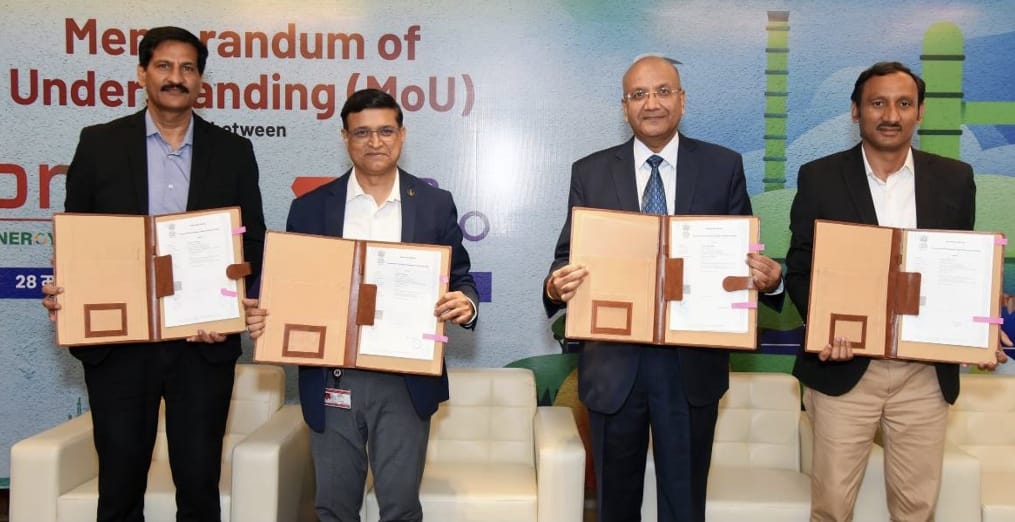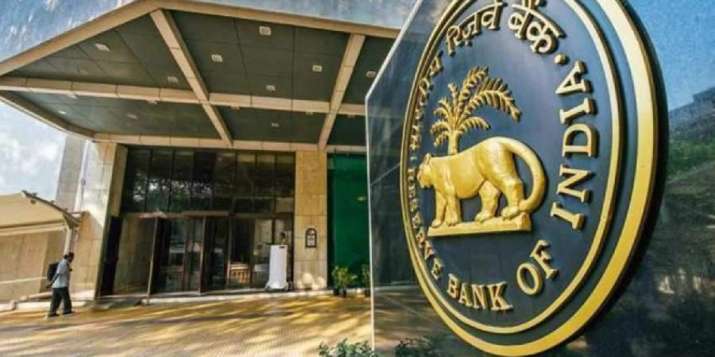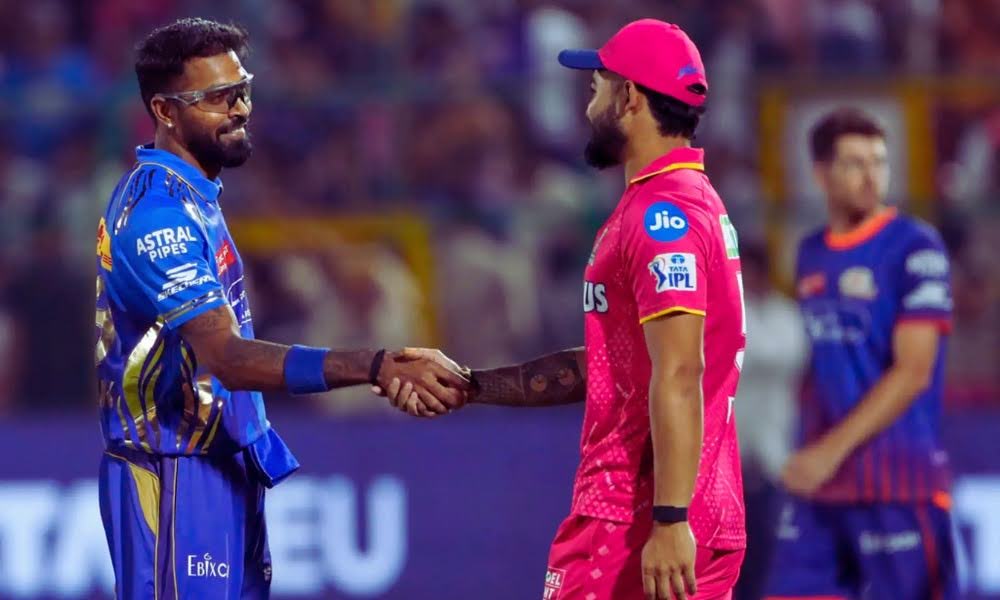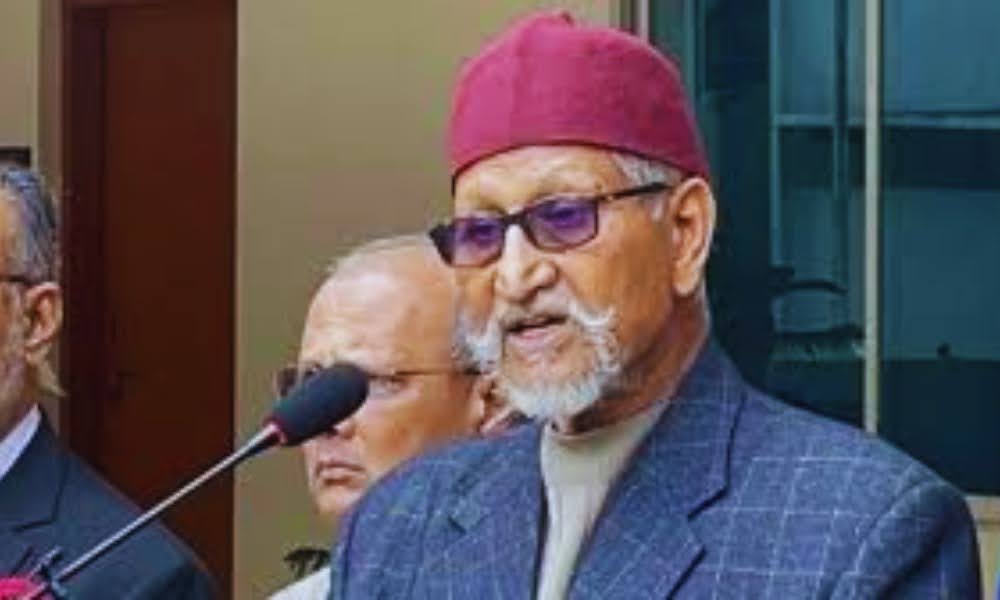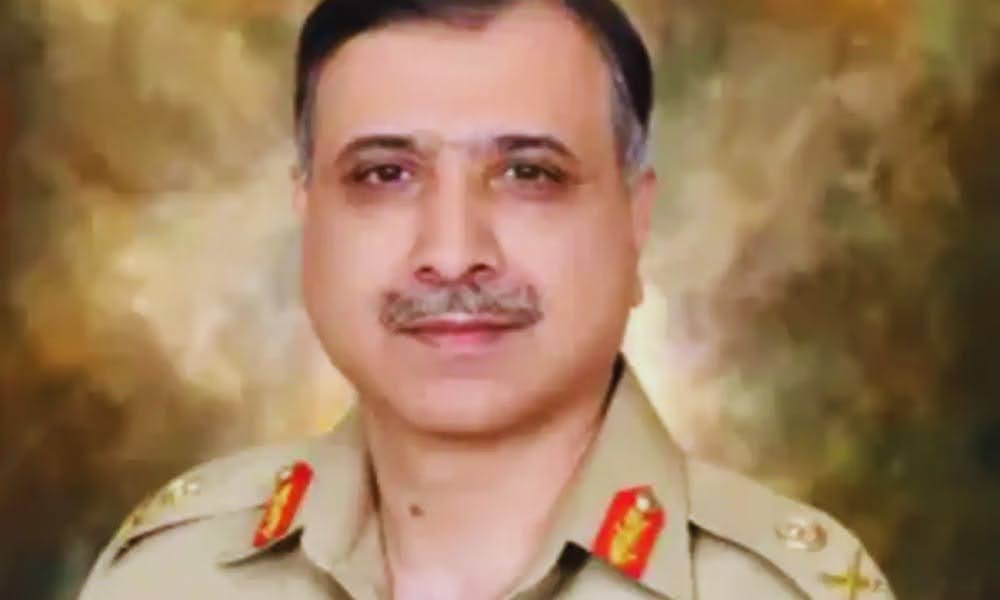After Pahalgam Terror Attack, US Reaffirms Strong Support for PM Modi and India’s Anti-Terror Stand
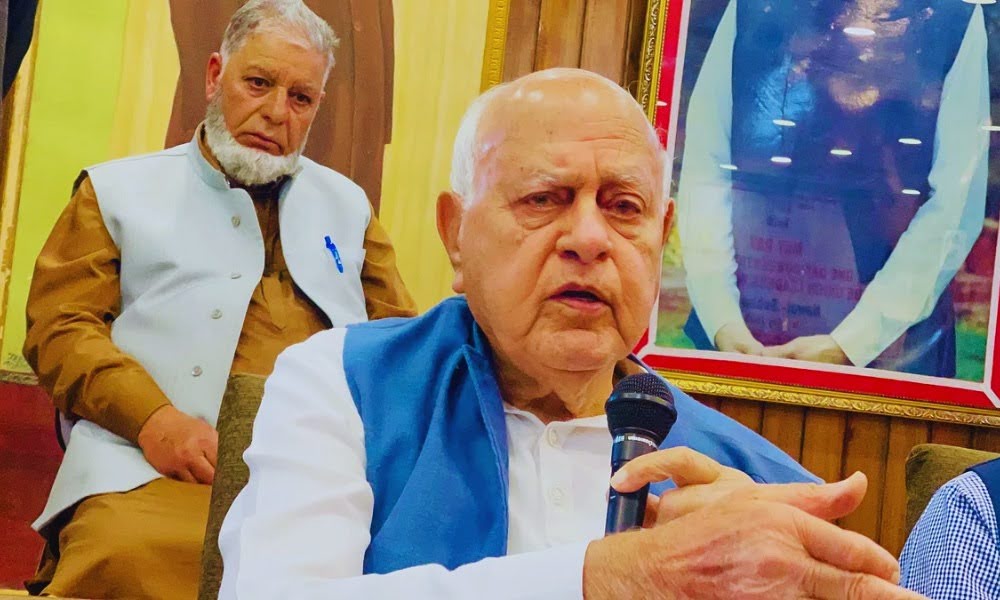
In the aftermath of the devastating terror attack in Pahalgam, the United States has restated its unwavering support for Prime Minister Narendra Modi and stood in solidarity with India’s ongoing battle against terrorism.
Washington’s Strong Message
During a press briefing, US State Department spokesperson Tammy Bruce emphasized the Trump administration’s commitment to close diplomatic communication with both India and Pakistan.
She confirmed that the United States is “monitoring the situation closely” and had already initiated high-level talks with External Affairs Minister S. Jaishankar and Pakistani Prime Minister Shehbaz Sharif.
“As President Donald Trump conveyed to Prime Minister Modi last week, the United States stands strong with India against terrorism, and Prime Minister Modi has our full support,” Bruce stated.
She referenced US Secretary of State Marco Rubio’s discussions with both New Delhi and Islamabad leadership, reinforcing America’s role in promoting regional stability and urging calm.
Urging a Peaceful Path
Bruce encouraged both countries to seek a peaceful resolution.
“The Secretary encouraged both countries to work toward a responsible solution that maintains long-term peace and regional stability in South Asia,” she said.
When asked if either side was responding positively, she replied, “We are asking for a responsible resolution from both parties.”
The comments followed heightened tensions after the April 22 Pahalgam attack, where Pakistan-sponsored militants killed 26 individuals, primarily tourists.
The incident has triggered international condemnation, with the United States emerging as one of India’s most vocal backers.
India’s Response to Terror
India has enacted a number of countermeasures aimed at Pakistan, including suspending the Indus Water Treaty, closing the Integrated Check Post at Attari, and reducing diplomatic staff in both High Commissions.
Additionally, Indian forces were granted “full operational freedom” to respond to the terror strike.
The Indian Army has already reacted to unprovoked gunfire along the Line of Control (LoC), responding proportionately to ceasefire violations from Pakistan.
Defence Minister Rajnath Singh received a call from US Secretary of Defence Pete Hegseth, who expressed deep condolences for the lives lost.
Defence Dialogue Between India and US
“Secretary Hegseth said the U.S. stands in solidarity with India and supports India’s right to defend itself,” a statement from Singh’s office read. Hegseth reiterated the U.S. government’s strong backing of India’s anti-terror efforts.
During the conversation, Rajnath Singh emphasized Pakistan’s “history” of supporting, training, and funding terrorist groups.
He also urged the international community to call out and condemn such terror activities explicitly and without ambiguity.
Diplomatic Moves by the US
External Affairs Minister Jaishankar, writing on social media platform X, said, “Discussed the Pahalgam terrorist attack with U.S. Secretary of State Rubio. Its perpetrators, backers and planners must be brought to justice.”
A US State Department readout confirmed Rubio had expressed sorrow over the attack and reaffirmed the United States’ commitment to its counterterrorism partnership with India.
He also encouraged India and Pakistan to work together toward de-escalation and peace in the region.
Rubio’s outreach to Prime Minister Sharif included a firm call for condemnation of the Pahalgam attack and an appeal for Pakistan’s cooperation in the investigation.
Naval Tensions and Military Preparedness
Amidst these developments, naval activity intensified. Both the Indian and Pakistani navies issued navigational warnings and conducted drills in the Arabian Sea, just 85 nautical miles apart.
India scheduled missile firings at multiple sites off the Gujarat coast from April 30 to May 3, while Pakistan conducted parallel naval exercises from April 30 to May 2.
Additional NOTAMs were issued for missile and gun firings near Ormara, heightening regional alertness.
Open-source intelligence sources reported disruptions to air and sea routes near Pakistan’s Sonmiani missile testing range, further underlining the high alert levels.
India’s Next Steps
Following a security meeting involving National Security Adviser Ajit Doval, Chief of Defence Staff General Anil Chauhan, and the heads of the three armed services, Prime Minister Modi granted the military full freedom to determine how and when to retaliate.
The Indian Army reported continued ceasefire violations on April 30 in the Kupwara, Uri, and Akhnoor sectors.
These were met with “proportional” responses, indicating India’s readiness to respond assertively to any further aggression.
As global diplomatic efforts persist, India remains steadfast in its response to terrorism, bolstered by strong international support and heightened military vigilance.

